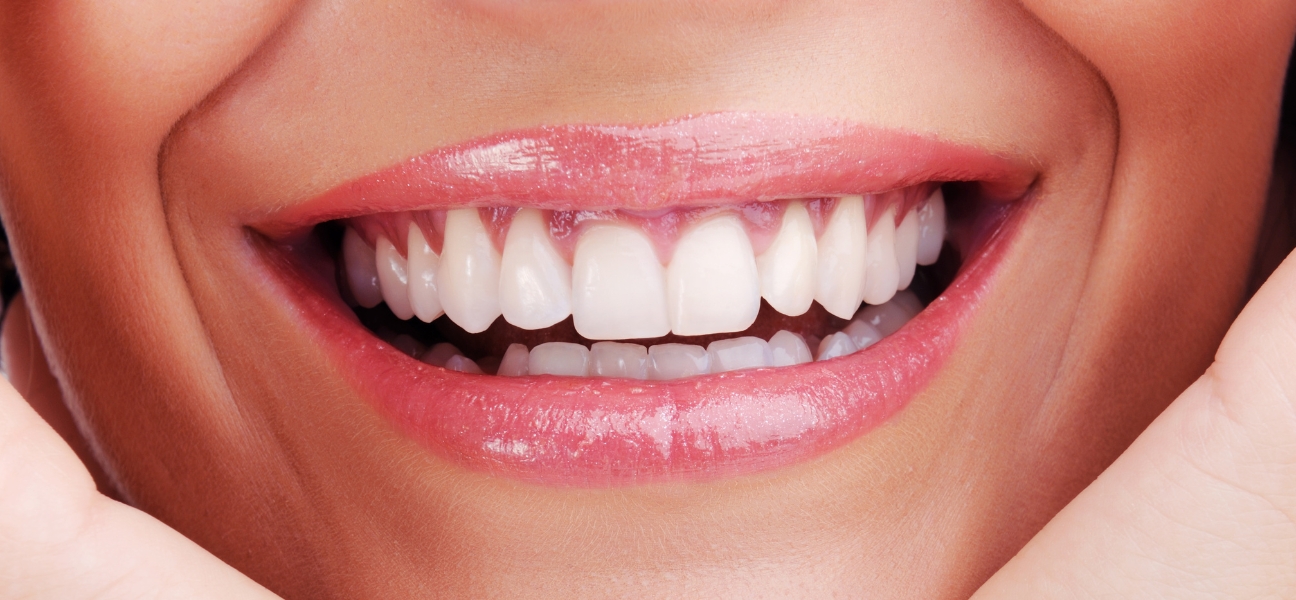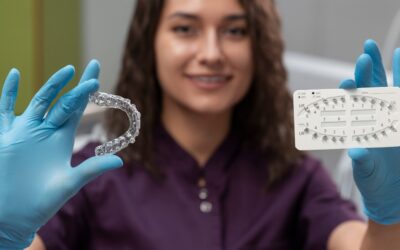Ever wondered “how do dentists number teeth?” and keep track of all those teeth in your mouth? When your dentist tells you there’s an issue with tooth number 14, they’re using a specific tooth numbering system to precisely identify the location. Dentists use a standardized numbering system where each tooth is assigned a unique number, typically starting with 1 at the upper right third molar (wisdom tooth) and continuing around the upper arch to 16, then down to the lower left as 17 and around the bottom arch to 32.
This numbering method helps dental professionals communicate clearly about specific teeth during examinations, treatments, and when discussing your dental health. Each quadrant of your mouth contains 8 teeth in adults, and the numbering follows a consistent pattern that dentists learn during their training. Understanding this system can help you better follow along during dental appointments and gain insight into your own oral healthcare.
At Frankfort Smiles Dental, you just might catch us calling out your tooth numbers! Schedule a cleaning today!
Key Takeaways
- Dental professionals use a standardized tooth numbering system, with adults having teeth numbered 1-32, starting from the upper right third molar.
- Each quadrant of your mouth contains 8 teeth, with specific numbering patterns that help dentists precisely identify and document dental conditions.
- Understanding tooth numbering can help you better communicate with your dentist and comprehend treatment plans for your dental health.
Understanding Tooth Numbering Systems
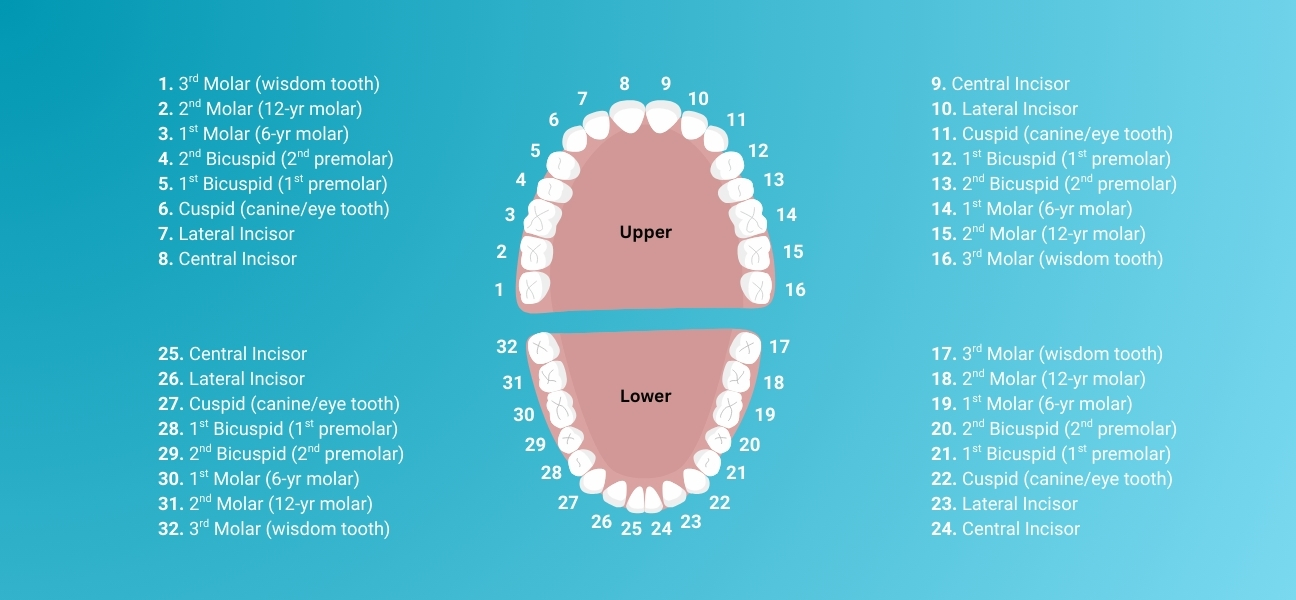
Dentists use standardized tooth numbering systems to identify and document specific teeth in a patient’s mouth. These systems help maintain clear communication among dental professionals worldwide.
Universal Numbering System
The Universal Numbering System is primarily used in the United States. In this system, adult teeth are numbered from 1 to 32, starting from the upper right third molar (wisdom tooth) and moving around to the upper left, then down to the lower left and ending at the lower right third molar.
For primary (baby) teeth, the Universal system uses letters instead of numbers. These are labeled from A to T, following the same pattern as the adult teeth numbering.
The system makes it easy for dentists to document exactly which tooth requires treatment. For example, your upper right central incisor would be tooth number 8, while your lower left first molar would be tooth number 19.
FDI World Dental Federation Notation
The FDI system, also known as ISO 3950, is the most widely used dental notation system internationally. This two-digit system divides the mouth into four quadrants.
The first digit (1-4) represents the quadrant of the mouth for permanent teeth:
- 1: Upper right
- 2: Upper left
- 3: Lower left
- 4: Lower right
The second digit (1-8) identifies the specific tooth within that quadrant, counting from the center. For example, an upper right central incisor is tooth 11, while a lower left third molar is tooth 38.
For primary teeth, the FDI system uses digits 5-8 for the first number, following the same quadrant pattern.
Palmer Notation Method
The Palmer Notation Method, developed by Dr. Corydon Palmer, uses a grid-like symbol to designate the quadrant along with a number for the specific tooth. Each tooth is numbered 1-8 within its quadrant, starting from the center.
The quadrants are represented by a right angle bracket pointing to the specific quadrant:
- ┘ Upper right
- └ Upper left
- ┌ Lower left
- ┐ Lower right
In this system, your upper right canine would be designated as ┘3. The Palmer system doesn’t require memorizing as many numbers as other systems, making it popular among dental students and practitioners.
A simplified version sometimes uses the letters UR, UL, LL, and LR to denote quadrants instead of the bracket symbols. This tooth chart helps dentists record and communicate precisely about specific teeth during examinations and treatments.
Adult and Baby Teeth Numbering Explained

Dental professionals use specific numbering systems to identify teeth clearly during examinations, procedures, and record-keeping. These standardized systems help maintain accuracy across the dental profession and avoid confusion when discussing particular teeth.
Numbering Permanent Teeth
In adults, the most widely used method in the United States is the Universal Numbering System, which assigns numbers 1-32 to permanent teeth. This system starts with the upper right third molar (wisdom tooth) as #1 and continues sequentially around the upper arch to the upper left third molar (#16).
The numbering then jumps to the lower left third molar (#17) and continues around the lower arch to the lower right third molar (#32). Each tooth has a specific designation:
- Upper Right Quadrant: 1-8 (third molar to central incisor)
- Upper Left Quadrant: 9-16 (central incisor to third molar)
- Lower Left Quadrant: 17-24 (third molar to central incisor)
- Lower Right Quadrant: 25-32 (central incisor to third molar)
This sequential pattern makes it easy for your dentist to record and communicate about specific teeth during treatment.
Numbering Primary Teeth
Primary teeth, also known as baby teeth or deciduous teeth, have their own numbering system since children typically have only 20 teeth. In the Universal Numbering System, letters rather than numbers are often used for primary dentition.
Primary teeth are labeled with letters A through T, following the same pattern as adult teeth. The sequence begins with the upper right second primary molar (A) and continues around to the upper left second primary molar (J).
The numbering then jumps to the lower left second primary molar (K) and continues to the lower right second primary molar (T). This system ensures there’s no confusion between primary and permanent teeth in dental records.
Primary Teeth Designation:
- Upper arch: A-J (right to left)
- Lower arch: K-T (left to right)
Supernumerary Teeth Designation
Supernumerary teeth are extra teeth that develop beyond the normal set. These additional teeth can appear anywhere in the dental arches and require special designation in dental records.
When documenting supernumerary teeth, dentists typically use the number or letter of the nearest normal tooth followed by “S” or “supernumerary.” If multiple supernumerary teeth exist in one area, they may be designated with sequential numbers (S1, S2, etc.).
For example, a supernumerary tooth near tooth #8 (upper right central incisor) might be designated as “8S” or “supernumerary 8.” These extra teeth often appear between the maxillary central incisors (called a mesiodens) or near the molars.
Your dentist will document any supernumerary teeth in your dental records to ensure proper monitoring and treatment planning for these unusual dental formations.
How Dentists Use Tooth Charts and Notation
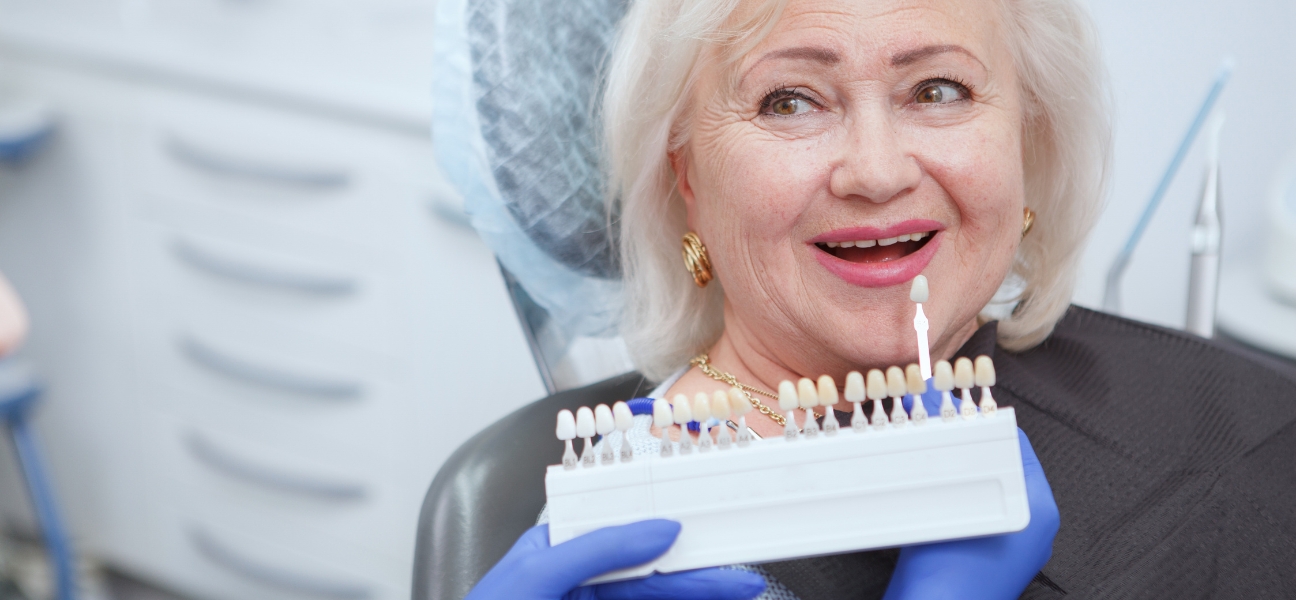
Dental professionals utilize standardized numbering systems to precisely identify and document each tooth in your mouth. These systems help create clear records and facilitate effective communication between dental practitioners.
Dentist’s View Versus Patient’s Perspective
When examining your teeth, dentists use a mirror view that reverses left and right from your perspective. What you consider your upper right teeth appear on the dentist’s left side. This difference in perspective is accounted for in dental notation systems.
Dentists employ a two-digit numbering system that begins with “1” for upper right teeth, continuing around your mouth in a systematic pattern. For example, in the Universal Numbering System, teeth are numbered 1-32, starting with your upper right third molar (wisdom tooth).
The FDI World Dental Federation notation divides your mouth into quadrants, assigning each tooth a two-digit code. This system is widely used internationally and provides precise tooth identification.
Practical Role in Dental Examinations
During your dental visit, professionals reference tooth charts to document findings and treatment plans. Your dentist examines each tooth systematically, recording observations using the standardized notation.
For adults, permanent teeth are typically numbered 1-32, while children’s primary teeth use letters A-T or a modified numbering system to distinguish them from permanent teeth. The Universal Numbering System uses numbers 1-32 for permanent teeth and letters A-T for primary teeth.
These notation systems allow for detailed record-keeping of your dental health, including:
- Existing restorations (fillings, crowns)
- Missing teeth
- Decay or damage
- Treatment needs
Your dental chart becomes a comprehensive history of your oral health, enabling consistent care even when you change dental providers.
Importance of Tooth Numbering for Dental Health
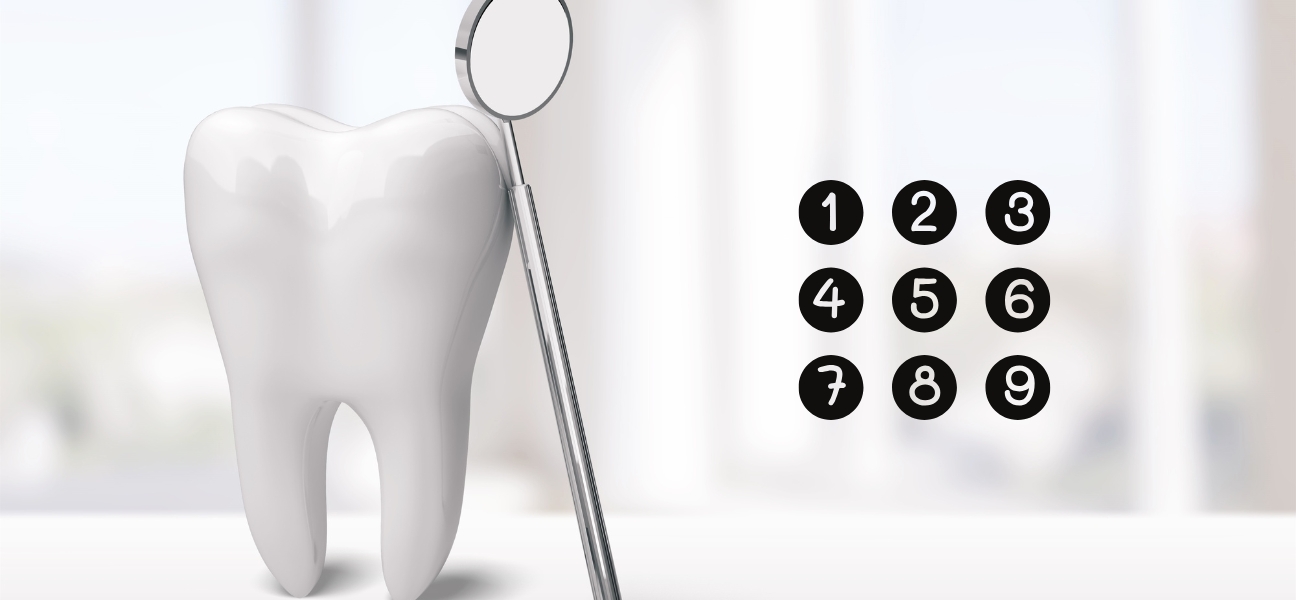
The tooth numbering system serves as a critical foundation for precise dental care and effective communication between dental professionals. It helps track oral health issues and enables better patient education about specific dental problems.
Supporting Accurate Diagnosis and Treatment
Tooth numbering eliminates confusion when dentists need to identify specific teeth requiring treatment. When you visit your dentist, this standardized system ensures they can pinpoint exactly which tooth needs attention without any miscommunication.
The numbering system allows for accurate dental record maintenance throughout your lifetime. Even if you change dentists, your new provider can quickly understand your dental history through consistent numbering.
During complex procedures like root canals or extractions, precise tooth identification becomes crucial for your safety. Using numbers instead of descriptive terms removes ambiguity and reduces the risk of treating the wrong tooth.
For treatments involving multiple teeth, such as orthodontics or extensive restorations, the numbering system helps create comprehensive treatment plans that address all affected areas systematically.
Maintaining Good Dental Health and a Vibrant Smile
The tooth numbering system helps you better understand your own dental health when your dentist explains issues using specific tooth numbers. This educates you about your teeth and empowers you to take appropriate preventive measures.
When discussing missing teeth or potential extractions, the numbering system helps you and your dentist track which spaces need attention. This is particularly important for maintaining proper spacing and bite alignment.
Your dentist can use tooth numbers to explain how specific teeth contribute to your smile’s appearance. For example, teeth #7-10 (your upper front teeth) significantly impact your smile’s aesthetics.
Regular dental checkups that track the health of each numbered tooth help you maintain healthier teeth overall. By identifying issues early, your dentist can prevent small problems from developing into major dental health concerns.
Remember that even if teeth are extracted, their numbers remain absent in your chart, helping track your complete dental history and ensuring proper care for your remaining teeth.
Frequently Asked Questions: How Do Dentists Number Teeth
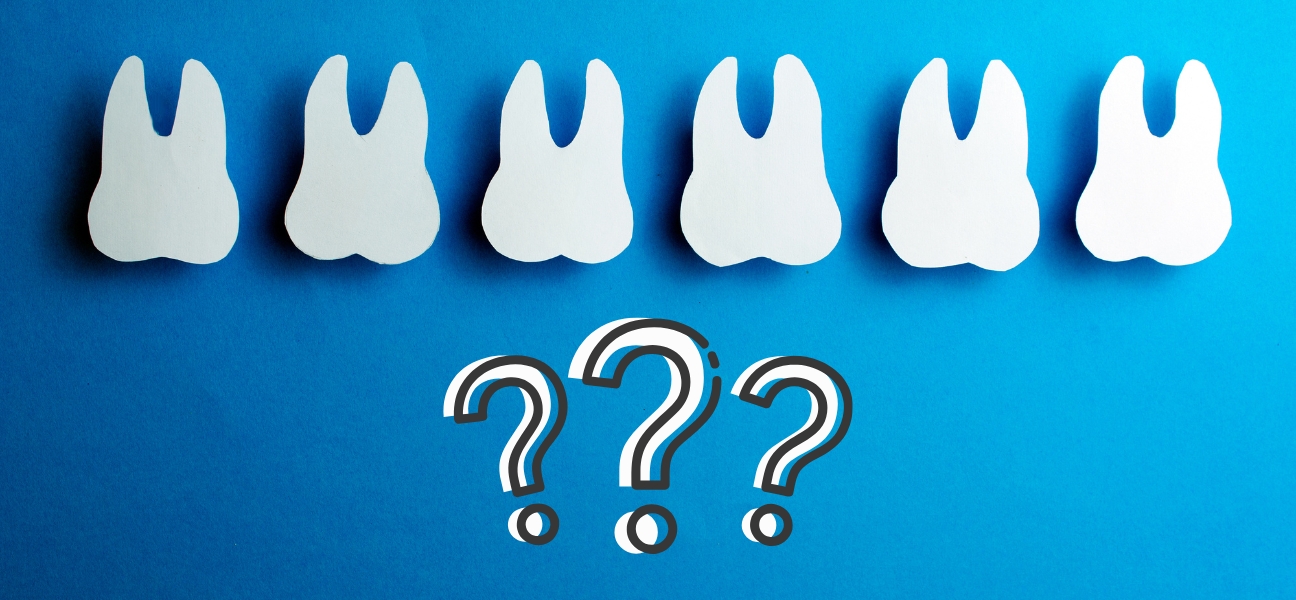
Dental numbering systems follow specific patterns that help professionals communicate precisely about tooth locations. These systems vary between countries and can be confusing for patients trying to understand their dental records.
What is the standard teeth numbering system used by dentists?
In the United States, dentists primarily use the Universal Numbering System. This system assigns numbers 1-32 to adult teeth, starting with the upper right third molar (tooth #1) and continuing around to the lower right third molar (tooth #32).
Many other countries use the FDI World Dental Federation notation, also called the ISO system. This two-digit system divides the mouth into quadrants, with numbers 11-18 for the upper right teeth, 21-28 for upper left, 31-38 for lower left, and 41-48 for lower right.
The Palmer Notation Method is another system that uses a grid-like symbol to indicate the quadrant with numbers 1-8 for each tooth position.
How do dentists use numbers and letters to differentiate adult and children’s teeth?
For children’s teeth (primary dentition), dentists often use letters instead of numbers. In the Universal System, primary teeth are labeled with letters A through T, starting from the upper right second molar (A) and ending at the lower right second molar (T).
When using the FDI system for children, the first digit uses 5-8 instead of 1-4. Primary teeth are numbered 51-55 (upper right), 61-65 (upper left), 71-75 (lower left), and 81-85 (lower right).
Some dentists use the Palmer Method with letters A through E to represent primary teeth instead of numbers 1-8 used for adult teeth.
Can you explain the meaning behind the numbers and surfaces on a dental tooth chart?
On a dental chart, each tooth is identified by its number according to the numbering system being used. Besides tooth numbers, dentists note specific surfaces of teeth using abbreviations.
The five surfaces are labeled as Mesial (M) – the surface facing the front midline, Distal (D) – the surface facing away from the midline, Occlusal (O) for molars and premolars or Incisal (I) for front teeth – the biting surface, Buccal (B) – the surface facing the cheek, and Lingual (L) – the surface facing the tongue.
These surface designations help dentists precisely document where procedures or decay occur on a specific tooth.
Which numbers represent wisdom teeth in dental notation?
In the Universal Numbering System used in the US, wisdom teeth are assigned numbers 1, 16, 17, and 32. Tooth #1 is the upper right third molar, #16 is upper left, #17 is lower left, and #32 is the lower right third molar.
In the FDI system, wisdom teeth are numbered 18, 28, 38, and 48. The numbers 18 and 28 represent the upper wisdom teeth (right and left), while 38 and 48 represent the lower wisdom teeth (left and right).
These third molars are the furthest back in each quadrant of the mouth and are often the last to erupt, typically between ages 17-25.
What does the notation 0 1/2 indicate in dental records?
The notation “0 1/2” in dental records typically indicates a supernumerary tooth, which is an extra tooth that has developed in addition to the normal set. These extra teeth might appear anywhere in the dental arch.
Supernumerary teeth are often given fractional numbers or special notations to distinguish them from normal dentition. A “0 1/2” notation might indicate an extra tooth positioned between normally numbered teeth.
These extra teeth can sometimes cause crowding, impaction of permanent teeth, or other dental issues that require monitoring or intervention.
How are teeth positioned and numbered on a dental chart for children?
On a pediatric dental chart, primary (baby) teeth are arranged in the same quadrant format as adult teeth. Each quadrant contains 5 teeth rather than the 8 found in adult dentition.
In the Universal System, children’s teeth are lettered A-T, starting with the upper right second primary molar (A) and continuing counterclockwise to the lower right second primary molar (T). When using the FDI system for children, the quadrants are numbered 5-8 instead of 1-4 used for adults.
As children transition to adult teeth, dental charts track which primary teeth have been shed and which permanent teeth have erupted, creating a comprehensive record of dental development.

